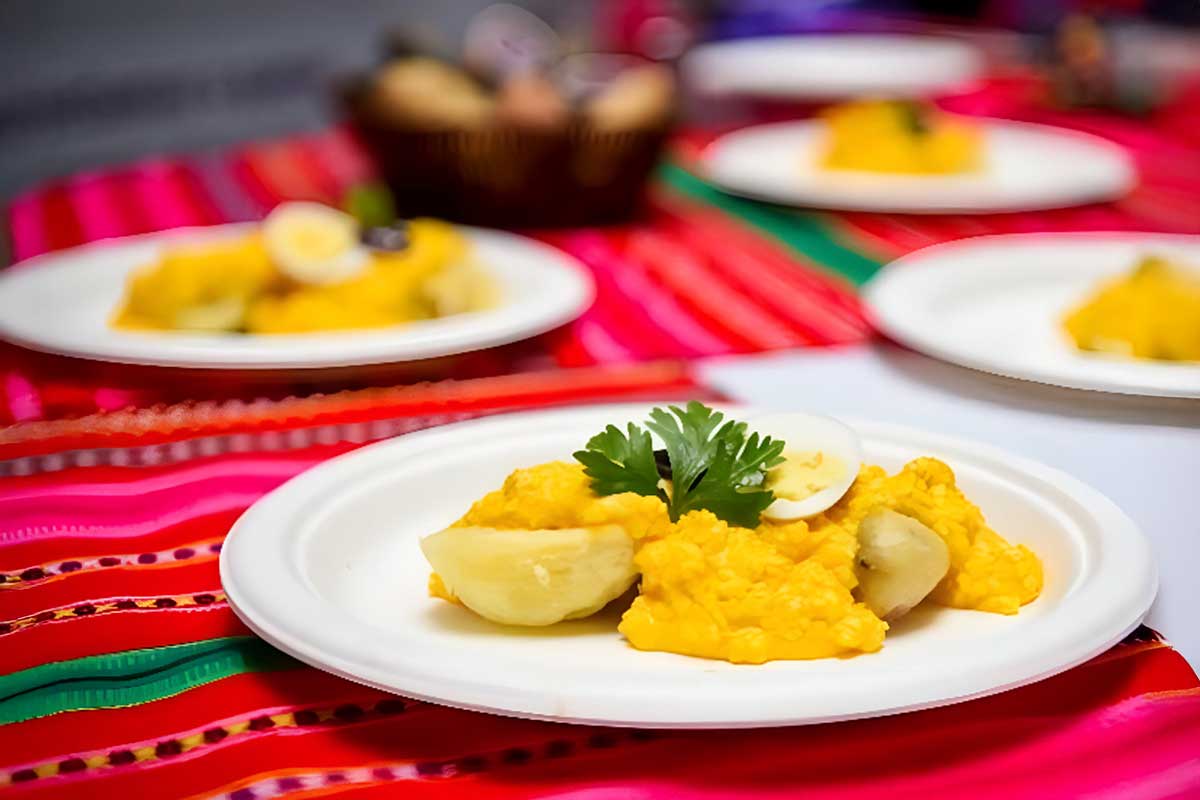Shaping the Flavors of Peru: The Advantages of TSGs in Peruvian Gastronomy
Brief Introduction
It’s no surprise that Peruvian cuisine shines globally—evidenced by the recent recognition of “Maido” as the best Peruvian restaurant in the world in 2025. In this context, Traditional Specialities Guaranteed (TSG) play a key role in preserving authentic recipes and strengthening Peru’s culinary heritage both locally and internationally.
What Are TSGs?
TSGs are traditional food preparations made using recipes, ingredients, or methods preserved over time. Unlike Geographical Indications (GIs), TSGs are not tied to a specific region, as seen with products like Pisco (Peru), Tequila (Mexico), or Champagne (France). Instead, they are recognized for their unique features based on traditional preparation techniques and/or ingredients, regardless of where they are produced.
Unlike GIs or trademarks, which grant exclusive rights or are owned by the State, TSGs are a collective legal recognition. They certify that a product is made according to an officially approved traditional recipe. Anyone complying with the technical specifications can use the TSG, as it protects the traditional name and method, not commercial exclusivity.
In Peru, the authority in charge of managing TSG protection is INDECOPI.
Examples in Peru
So far, two specialties in Peru have been granted TSG status: Pan de Anís de Concepción (2023) and Papa a la Huancaína (2025), both originating from Junín, a region rich in culinary and cultural tradition.
At the Andean Community level, Ecuador’s Bizcocho de Cayambe is an example of a TSG that represents local culinary heritage.
Legal Framework
TSGs are defined in Article 3 of Legislative Decree No. 1075 and officially integrated through Legislative Decree No. 1397 (2018). Supreme Decree No. 170-2021-PCM later modified the regulation to include TSGs in Peru’s Industrial Property system.
Advantages of TSG Recognition
-
Promotes gastronomic tourism
-
Stimulates rural and regional economies
-
Preserves traditional recipes and methods
-
Enhances market value and authenticity
-
Benefits producers and culinary communities
-
Facilitates access to international markets
-
Prevents misuse and consumer confusion
-
Adds value for producers and chefs
-
Protects culinary heritage through intellectual property
Challenges and Key Players
One major challenge in obtaining TSG status is standardizing recipes across regional variations. Additionally, public awareness of the TSG system remains limited. Successful recognition often depends on collaboration between local governments, associations, and intellectual property specialists to meet INDECOPI’s requirements.



